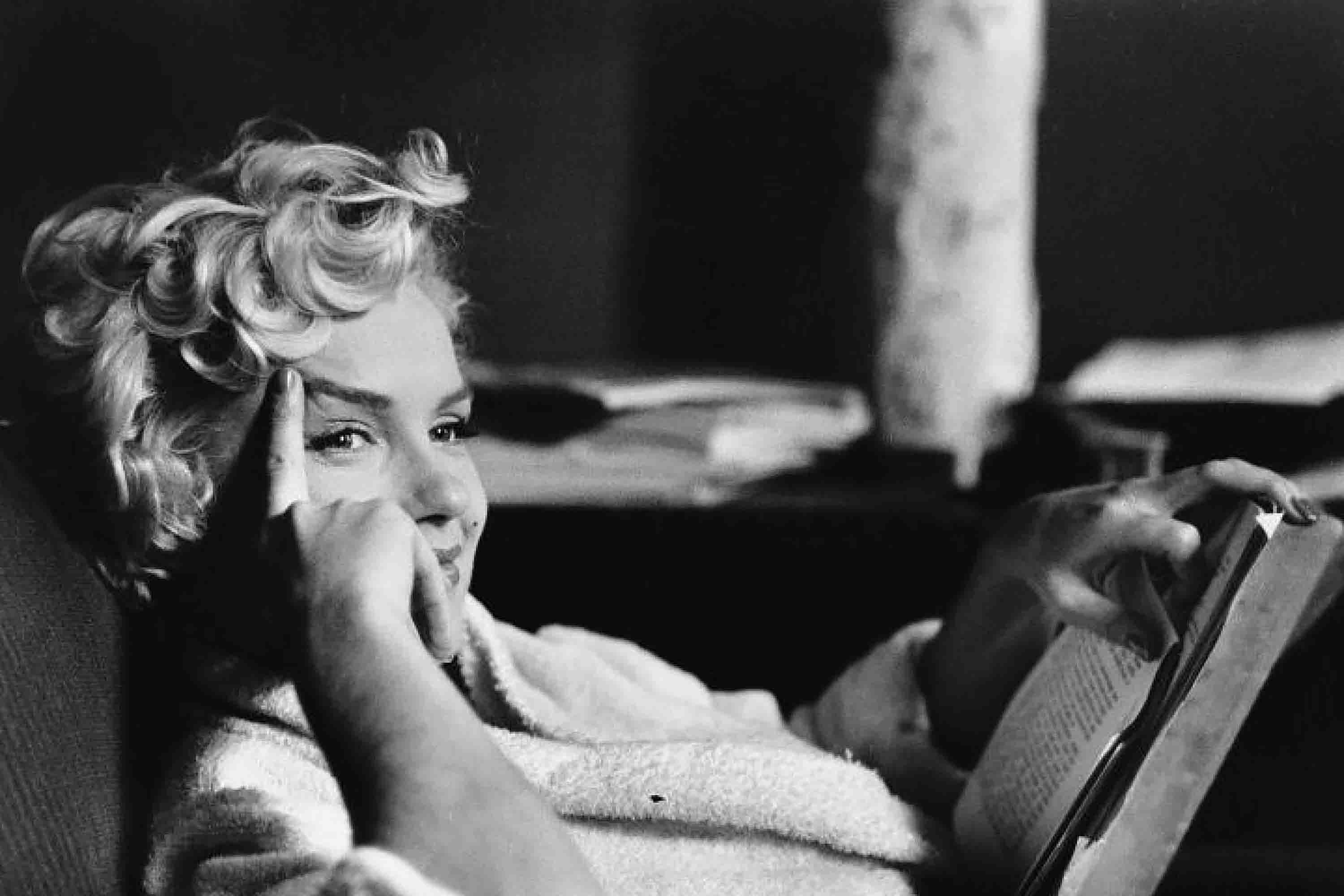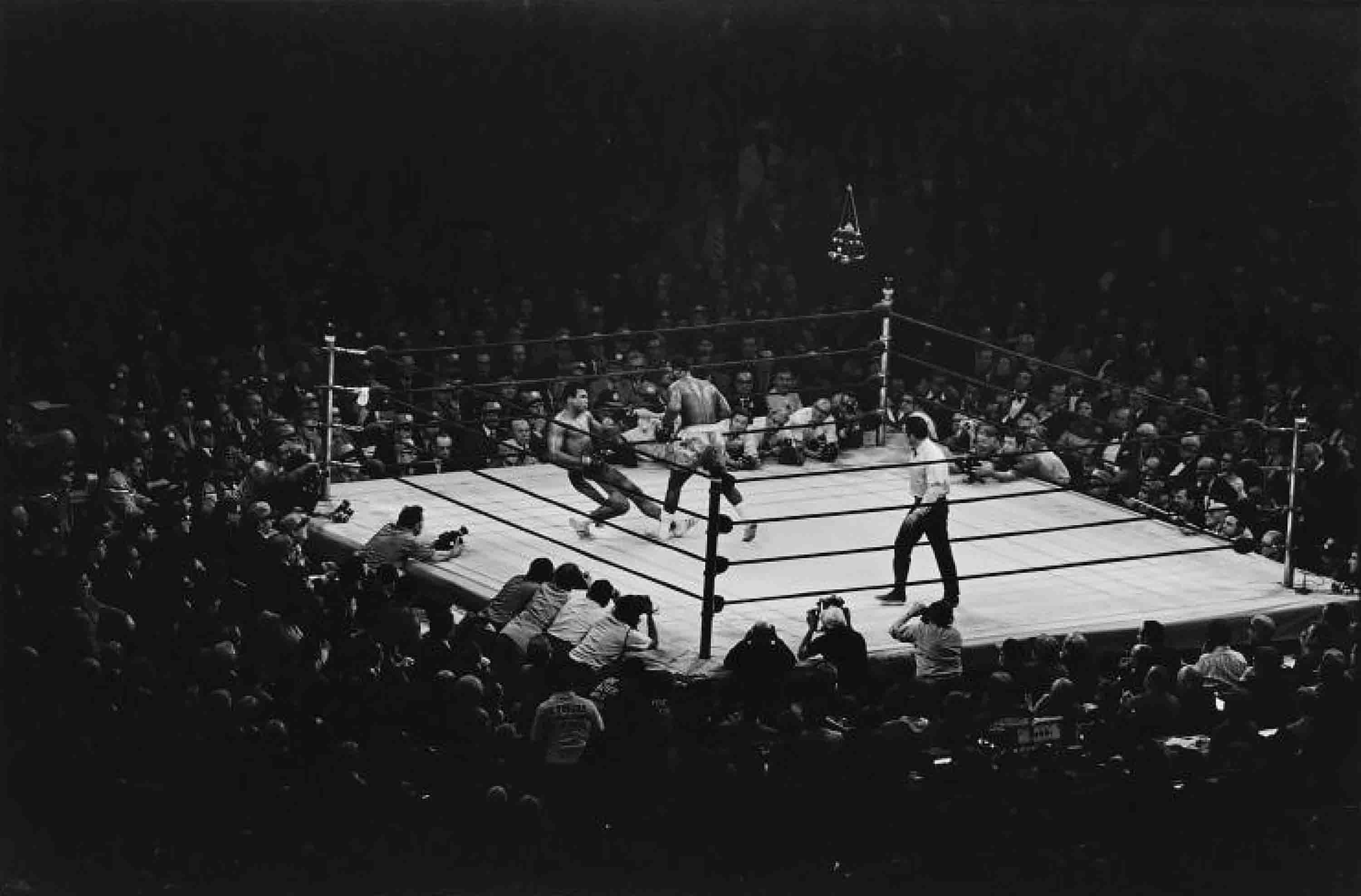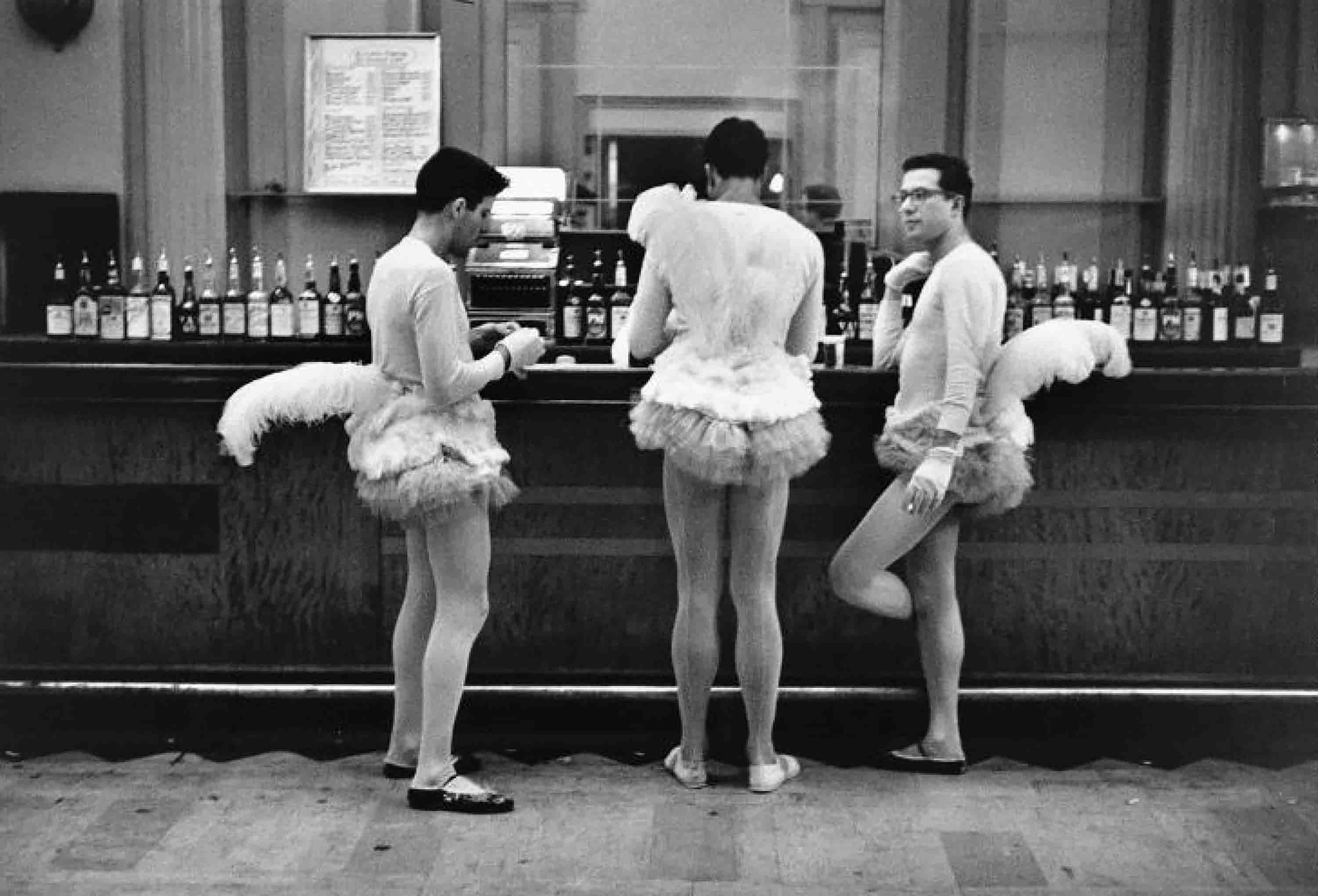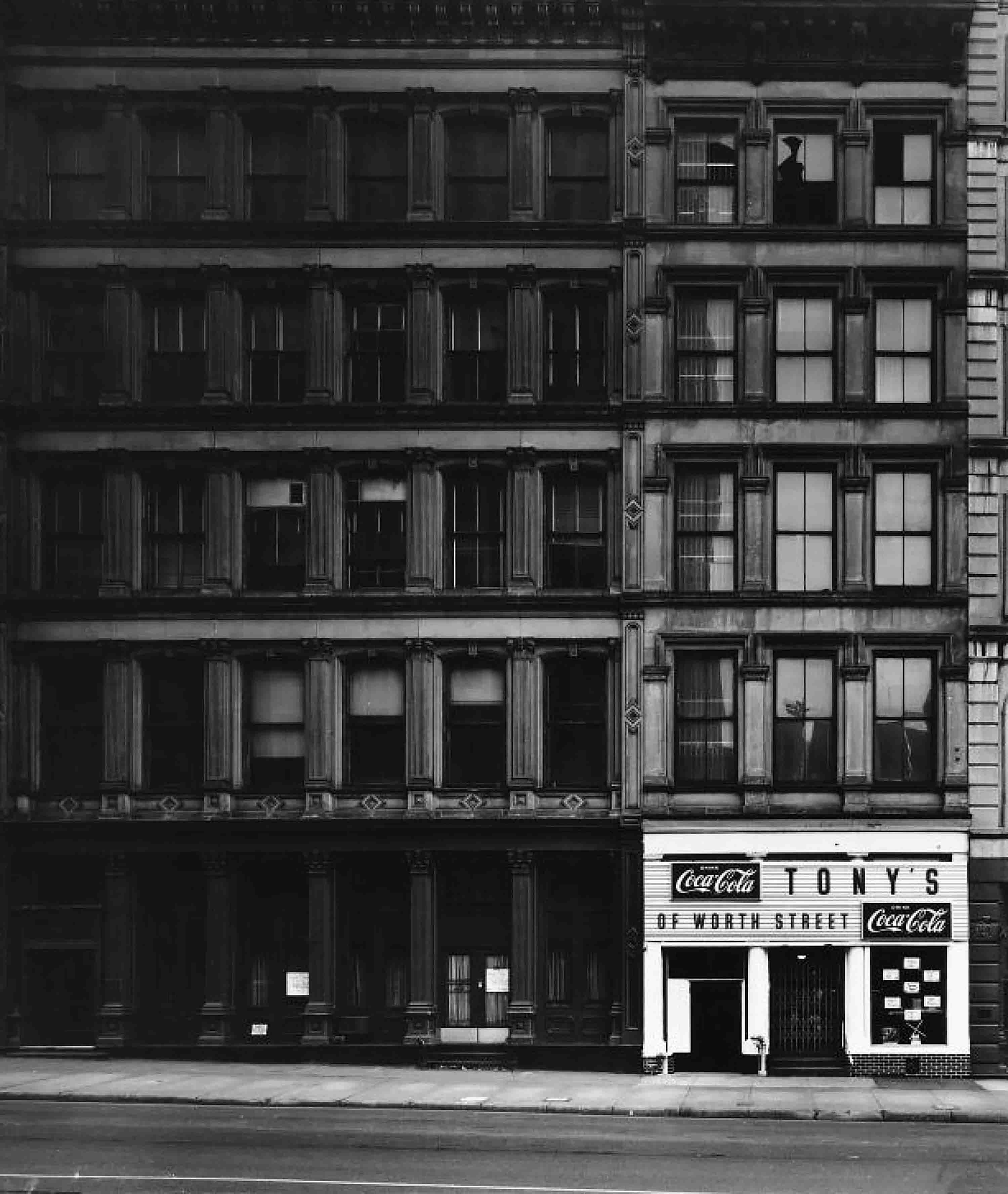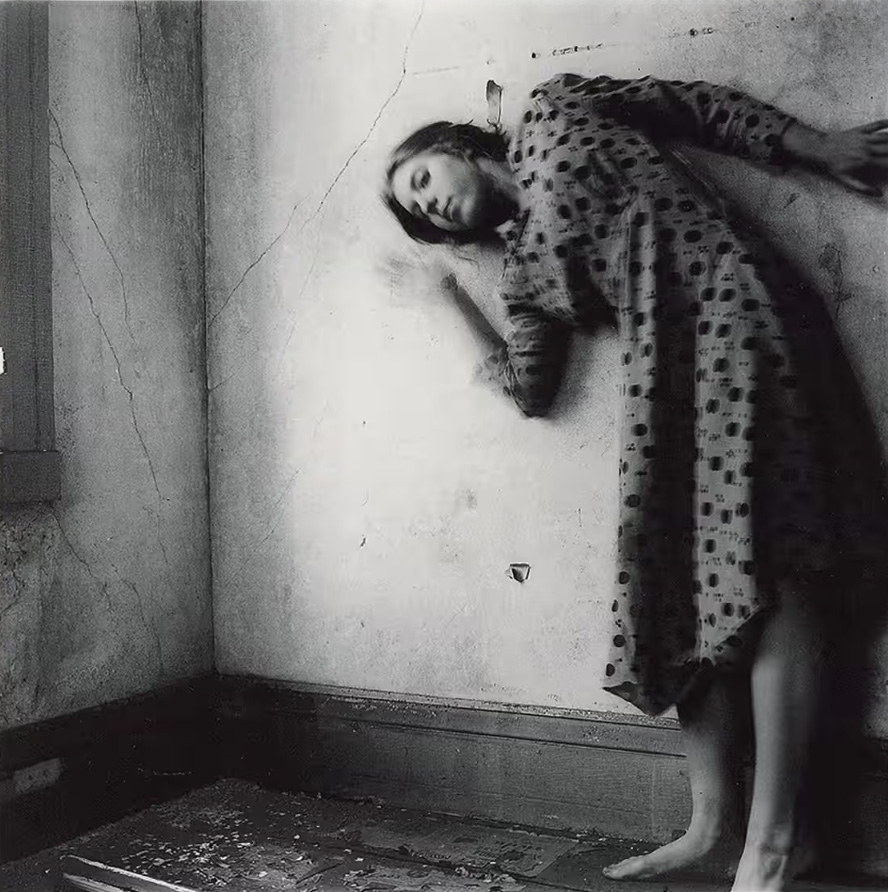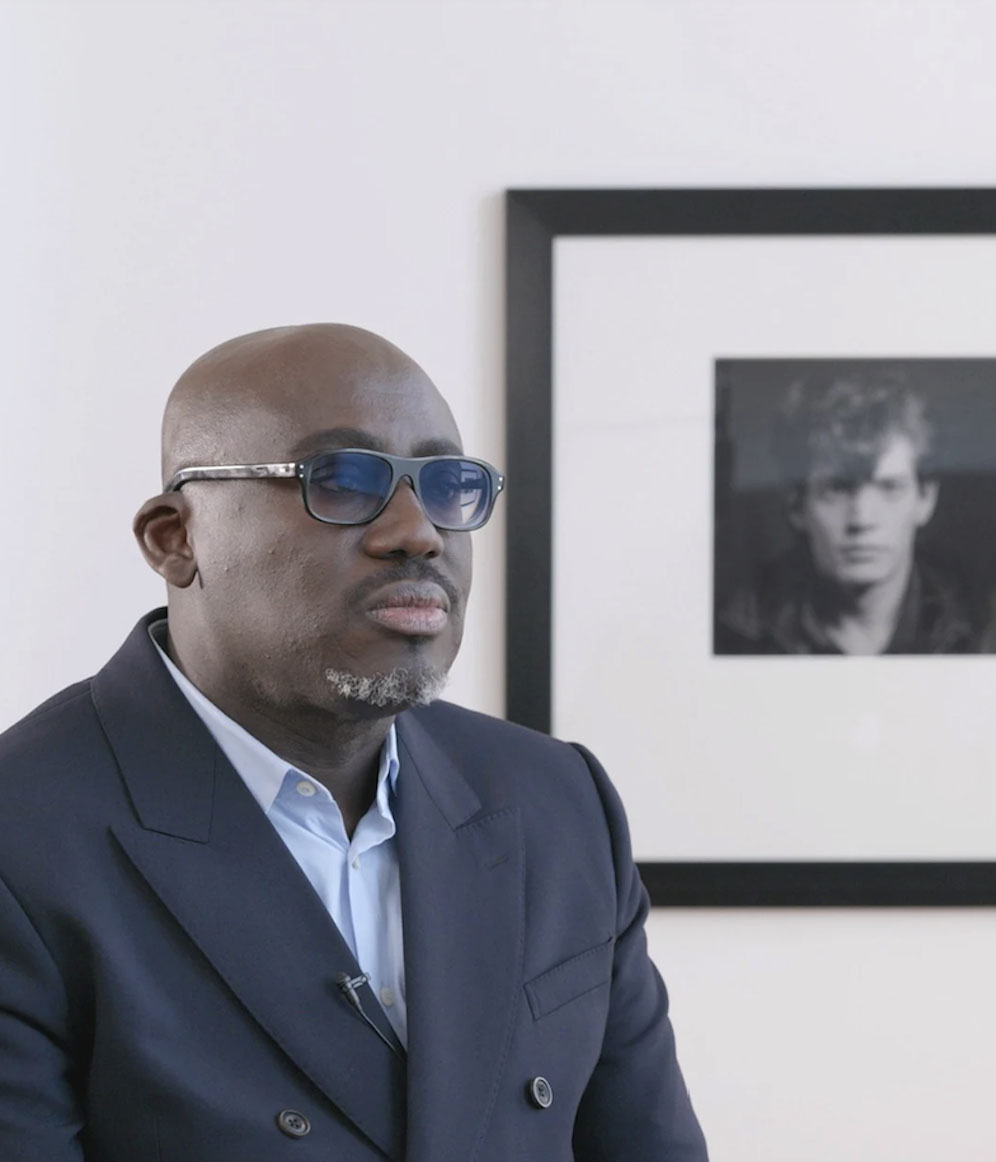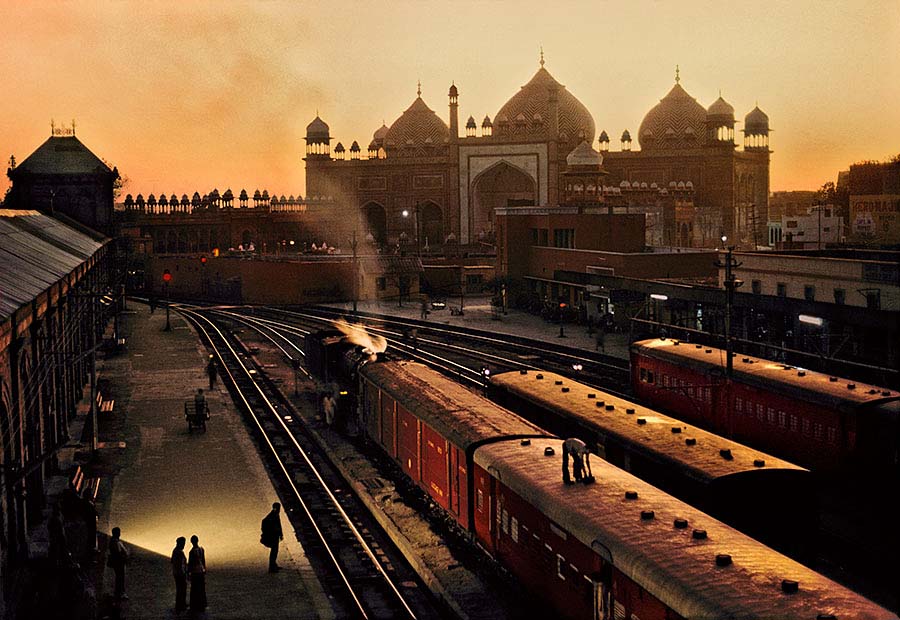Literary Lives: Arthur Miller by Elliott Erwitt

08th January 2022
In the opening lines of Arthur Miller’s 1955 screenplay, A View From the Bridge, the narrator, a New York lawyer named Alfieri, starts the play by talking about Italian immigrants and urban violence in Brooklyn: ‘Oh, there were many here who were justly shot by unjust men. Justice is very important here’.
One man who was shot, albeit in a different sense, is Arthur Miller, here photographed by Elliot Erwitt in 1954. Miller’s gaze is steely, angled purposefully towards the photographer. In the background stands the Brooklyn Bridge, looming over Erwitt’s subject.
The photograph takes on prophetic significance; in the following year, Miller was to publish his eponymous play. In A View From the Bridge, Miller describes the life of a family in Red Hook, Brooklyn. Eddie, a gruff, second generation immigrant, works at the port unloading produce from the boats that come in to make money for his wife, Beatrice, and niece, Catherine. Beatrice’s cousins, Marco and Rodolpho, are ‘submarines’: illegal immigrants who have been smuggled into the country by boat.

The play deals with the challenges these immigrants faced in order to make money to send back to their families in Italy. More broadly, however, it looks at the wealth divide between some of New York’s richest and poorest families. The Brooklyn Bridge, which connects Manhattan Island with Long Island, here, comes to symbolise opportunity, connecting Red Hook with wealthy Manhattan – a place the Italians associated with hard work, money, and success.
As a first-generation immigrant from Milan, the themes of the play will have been familiar to Erwitt himself, whose family moved to New York in 1939, five days after the outbreak of World War Two. Although Erwitt had a very different kind of upbringing – spending his childhood in Los Angeles – he moved back to New York in the 1950s, and enjoyed shooting a wealth of people and architecture from all over the city. In that sense, Miller and Erwitt had a common goal: to document urban stories through art and literature.
Much like in Miller’s play, in Erwitt’s photograph the bridge takes on renewed significance as a metaphor not only for aspiration, but also for artistic inspiration. Erwitt’s portrait here has not one subject, but two.
FeaturedElliott Erwitt

FeaturedElliott Erwitt
The ArtistKnown for his satirical humour and sharp wit, Elliott Erwitt (born 1928) rose to fame after he was invited to join Magnum Photos by founding member Robert Capa in the 1950s. He has since become one of the world’s most successful and influential photographers, having produced over twenty retrospective photography books and been honoured by numerous solo shows at establishments such as the Smithsonian, the Museum of Modern Art and the Art Institute of Chicago.
Artist Page





